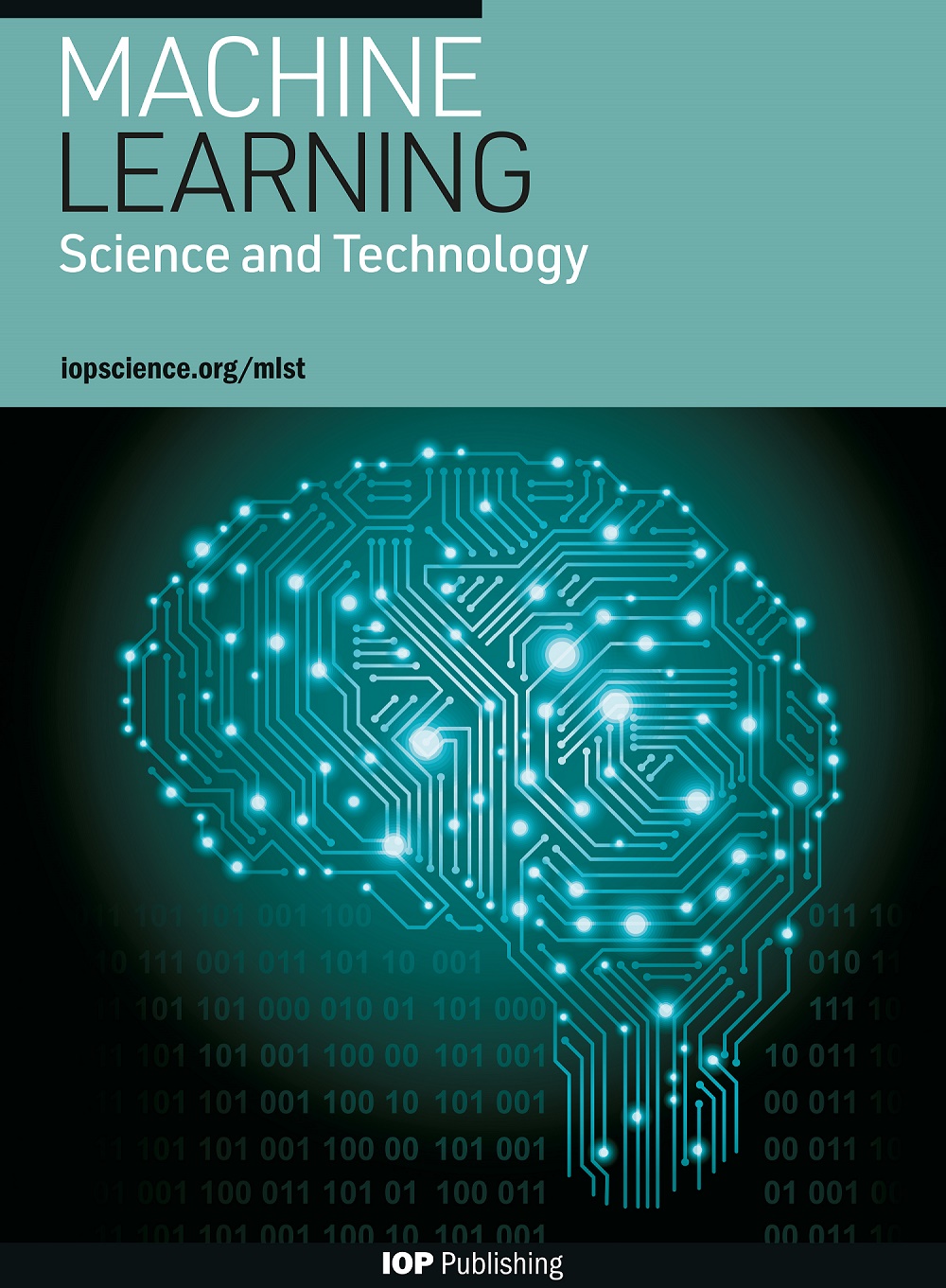AMCG:图双原子-分子条件分子发生器
IF 4.6
2区 物理与天体物理
Q1 COMPUTER SCIENCE, ARTIFICIAL INTELLIGENCE
引用次数: 0
摘要
药物设计既耗时又昂贵。计算策略为解决这一任务提供了可行的选择;尤其是深度学习方法,因其处理化学结构的能力而受到越来越多的关注。通过分子图来表示此类结构是一种直接的方法,而分子图又可以通过图神经网络进行自然处理。本文介绍的 AMCG 是一种双原子-分子、条件、潜空间生成模型,它围绕图处理层构建,能够支持无条件和有条件分子图生成。除其他特点外,AMCG 是一个一次性模型,允许快速采样、明确的原子类型直方图分配和通过梯度上升进行属性优化。该模型在量子机器 9(QM9)和 ZINC 数据集上进行了训练,取得了最先进的性能。除了传统的基准测试外,AMCG 还通过生成大规模采样集进行了测试,在有效、新颖和独特分子的可持续吞吐量方面表现出了稳健性。本文章由计算机程序翻译,如有差异,请以英文原文为准。
AMCG: a graph dual atomic-molecular conditional molecular generator
Drug design is both a time consuming and expensive endeavour. Computational strategies offer viable options to address this task; deep learning approaches in particular are indeed gaining traction for their capability of dealing with chemical structures. A straightforward way to represent such structures is via their molecular graph, which in turn can be naturally processed by graph neural networks. This paper introduces AMCG, a dual atomic-molecular, conditional, latent-space, generative model built around graph processing layers able to support both unconditional and conditional molecular graph generation. Among other features, AMCG is a one-shot model allowing for fast sampling, explicit atomic type histogram assignation and property optimization via gradient ascent. The model was trained on the Quantum Machines 9 (QM9) and ZINC datasets, achieving state-of-the-art performances. Together with classic benchmarks, AMCG was also tested by generating large-scale sampled sets, showing robustness in terms of sustainable throughput of valid, novel and unique molecules.
求助全文
通过发布文献求助,成功后即可免费获取论文全文。
去求助
来源期刊

Machine Learning Science and Technology
Computer Science-Artificial Intelligence
CiteScore
9.10
自引率
4.40%
发文量
86
审稿时长
5 weeks
期刊介绍:
Machine Learning Science and Technology is a multidisciplinary open access journal that bridges the application of machine learning across the sciences with advances in machine learning methods and theory as motivated by physical insights. Specifically, articles must fall into one of the following categories: advance the state of machine learning-driven applications in the sciences or make conceptual, methodological or theoretical advances in machine learning with applications to, inspiration from, or motivated by scientific problems.
 求助内容:
求助内容: 应助结果提醒方式:
应助结果提醒方式:


